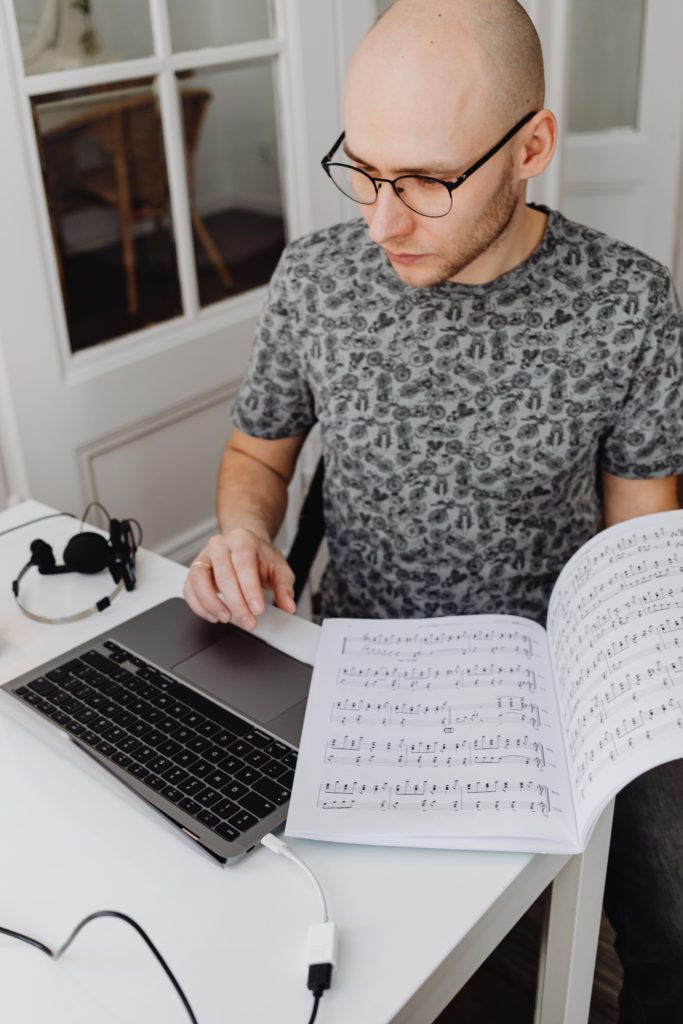By now you should have a good grasp of the role that the different parts of a song have in songwriting construction. In the next songwriting post, we’ll look at how we can organize the different parts of the form. From this we can then create an outline for the song, which you can then use as a template for writing new songs.
One final thought, Ralph Murphy has said that you need to make your songs catchy, but not too catchy. If you make them too catchy, your listeners may burn out on the song before it can reach the number one spot on the charts. This explains why slow ballads often top the charts.
An example of a song that could be considered to be too catchy: The Gilligan’s Island theme song. It’s a well-constructed song with lyrics that do a good job of explaining the premise of the show.
However, the song is a real earworm, and you hear it before every episode. After a few episodes, most people get really sick of it.
Does this mean that if you have a really catchy song, you should toss it out? Of course not! Nonetheless, some of your catchy, but not too catchy songs may turn out to be the most successful ones. Have fun writing!
© 2022 Geoffrey Keith
Newsletter Signup
Join me for online or in-person lessons today!
Back to The Craft of Songwriting Category Blogs page
Back to the Successful Music Student Blogs page


